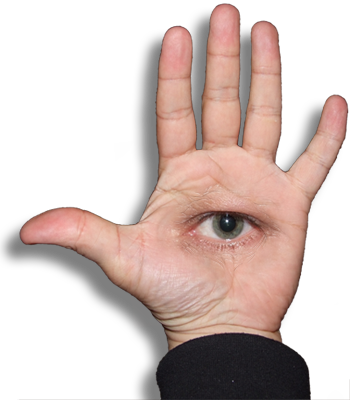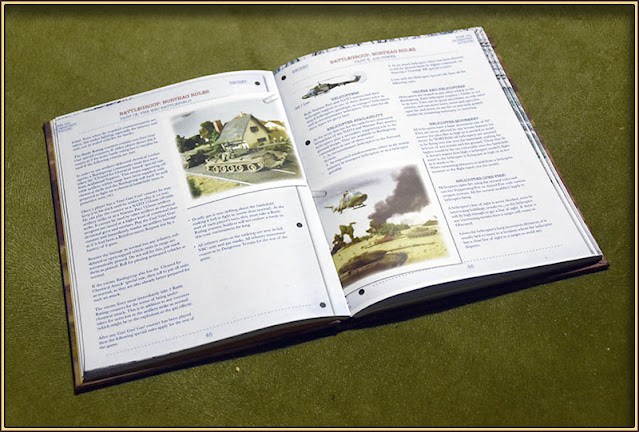I took a few impressions from a linocut I carved a few years ago, printed with the nipping press I got today from Bob.
Apart from the one on a page from the phone book, they're all just on A5 copy paper, about 90gsm I think. The ink is Flint water-based relief ink. Printing went very, very easily with the plate on a 3mm grey-board baseboard, the paper over that, and a very thin felt over all. It's a lot quicker and easier to manipulate than the roller press, and MUCH easier than printing with a baren. The longest part of each print, as always, is rolling ink on to the plate.
I think the ink impression is less even than that I get from the roller press, but that might be down to the rolling-up. I don't mind a bit of irregularity in any case, as long as it's not too extreme; it adds a bit of character to the surface.
The image is 105 x 145 mm, so fairly small. There's room in the press for a bit over A4, but the inverse square law means that an increase in the area being squished requires increasingly more pressure to achieve the same results. I'll try a larger print, but my suspicion is that the largest practicable print size will be smaller than A4. We shall see.
Next Day
I did some multi-colour tests today, one lot on dampened 300gsm watercolour paper (left), and the other on the same 90gsm copy paper I used yesterday (below), printed dry.
The watercolour paper was a sad failure, with a very bad lack of consistency, and in one case the surface of the paper glued itself to the plate and tore away.
Admittedly, the paper isn't intended for printmaking, and maybe should have just been printed dry. The combination of the weight and surface texture made printing with the nipping press sub-optimal.
On the first one I did (top right) I got the sky gradient upside down. Doh!
The lighter, smoother copy paper returned much better results.
The fields of colour are much more consistent.
I shall have to see what I can get hold of in the way of relatively light-weight acid-free hot-press paper.











